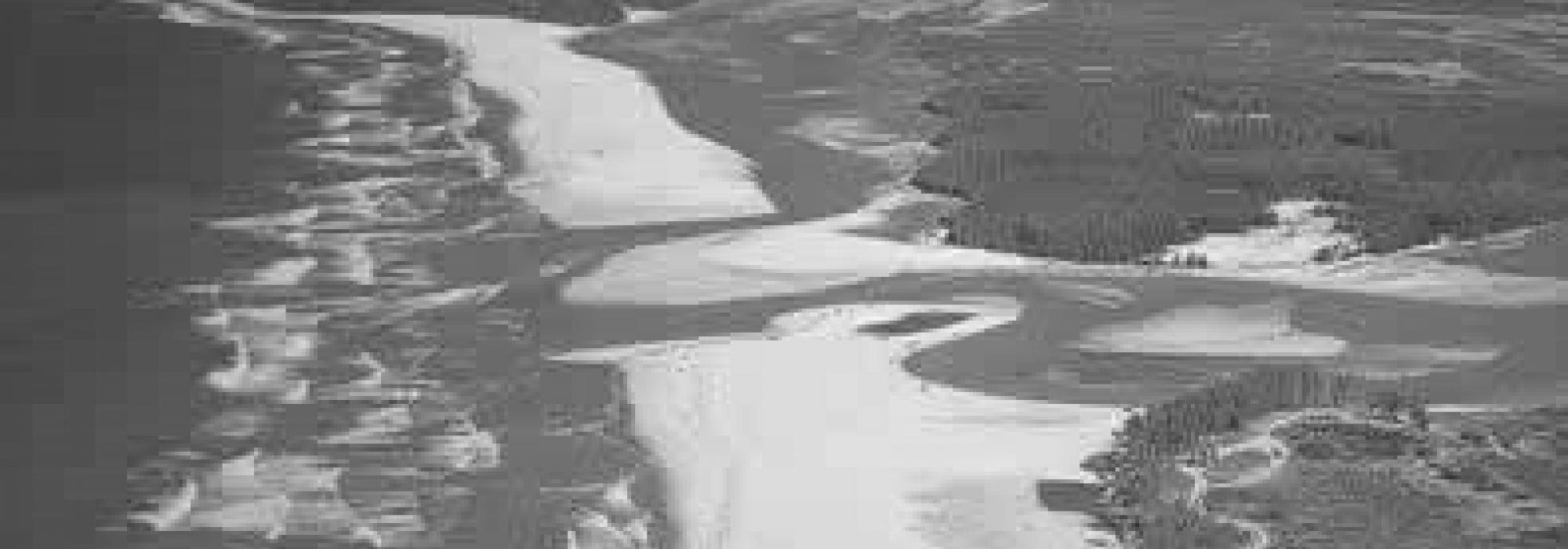Bhāsa’s plays contain quite a number of novel and fresh ideas and emotions. He also brings in proverbial statements through the dialogues of the characters; they inclusion bolsters the overall aesthetic experience. The following are examples from the Yajña-phala,
- Can a sharp needle make a hole in water?
- Once a lamp has lit another one, is there any difference between the two?
- Does a tree refuse to provide shade and fruits to a person who has come with an axe to chop it off?
- We can only light a wick that is wet with oil; a lump of soil, even if smeared with oil will not catch fire.
- Though the earth has the potential to provide all flavours, only the sugarcane turns sweet; the calibre of sugarcane which enables it to gather sweetness from soil must be appreciated.
- If countrymen settle in cities, they will forget their true nature. They will lose their agricultural skills. Initially, they will consider themselves weak and downtrodden; with time, they will start thinking that they are superior to the kings as well. In the early days of their coming to city, they will be good hosts for guests; in the course of time, they will consider themselves the best and most sacred. They will start imbibing the shortcomings of the city-dwellers as well. A person must stay in place where he is naturally accustomed to; he will be his self there and it brings him respect.
- Though the Sun is only one, because of his reflections in many water containers, he appears as many; similarly, the Ātmā is one, but appears as many.
- Who are we to ‘give’ a girl in marriage to a man who she is in love with? We must, instead, say that we are congratulating the girl who has found the right match of qualities in a man; it is only out of convention that we say that we get them married.
- Just as a person who has spent all his money is shooed away by a prostitute from the brothel, a person who has exhausted his puṇya is sent away from svarga.
The language, structure, and style of Bhāsa’s plays go well with the simple stories they present. Audārya, mādhurya, and artha-vyakti are its primary qualities.[1] When we compare the language of plays such as Uttara-rāmacarita and Mudrārākṣasa with those of Bhāsa, we evidence the simplicity, sweetness, and lucidity of Sanskrit when it was living on the tongues of people.
Verses are certainly artificial in a drama; prose dialogues, enactment, storytelling and other aspects constitute the heart of a drama. If dramas possess verses that are especially set to very long meters, are filled with complex words, and contain pedantic descriptions, it will be difficult to even watch them, let alone read them. Even from this perspective, we can say that Bhāsa’s plays stand out for their optimal design. The verses that occur in his plays are not filled with boring descriptions; instead, they capture important aspects of the story. The Svapna-vāsavadatta, which is hailed as the best of his plays, contains only about fifty-seven verses. In all, his plays contain 1,383 verses and among them, 572 are set to the anuṣṭup meter. In Sanskrit literature, it is rather common to see that the later-day poets seem to have more affinity for longer verses with complex phrases and include a lesser number of anuṣṭup-ślokas; their plays and verses betray their tendency to show off their scholarship and their unjustified purpose of bringing in literary acrobatics. Bhāsa’s plays, on the other hand, are short and are precious gems.
In sum, Bhāsa’s plays have won the admiration of all Indian aestheticians. It is not merely out of formality that Kālidāsa lauded Bhāsa; Rājaśekhara’s respect and appreciation for the playwright is not an exaggeration by any standards; Bhāsa is truly the hāsa of Devī Sarasvatī, i.e., he is a manifestation of the gentle smile of the goddess of knowledge and arts.
To be continued ...
The current series of articles is an enlarged adaption of Prof. A. R. Krishnasastri's Kannada treatise Saṃskṛta-nāṭaka. They are presented along with additional information and footnotes by Arjun Bharadwaj.
[1] Nobility/ profundity, sweetness, and clarity, respectively














































